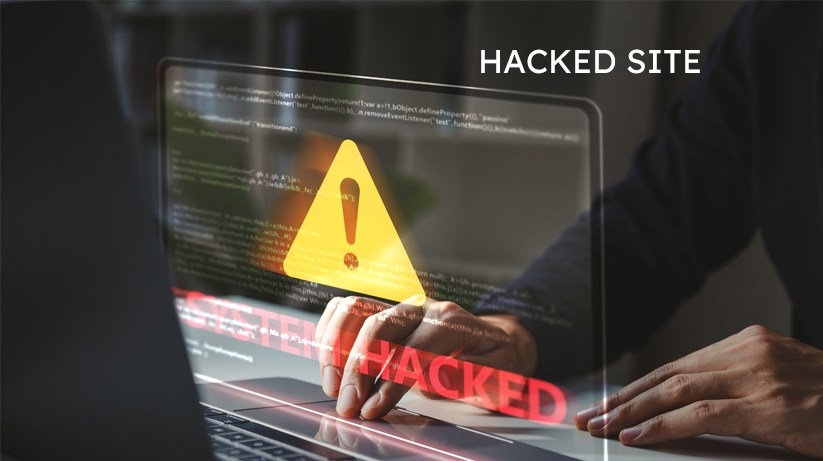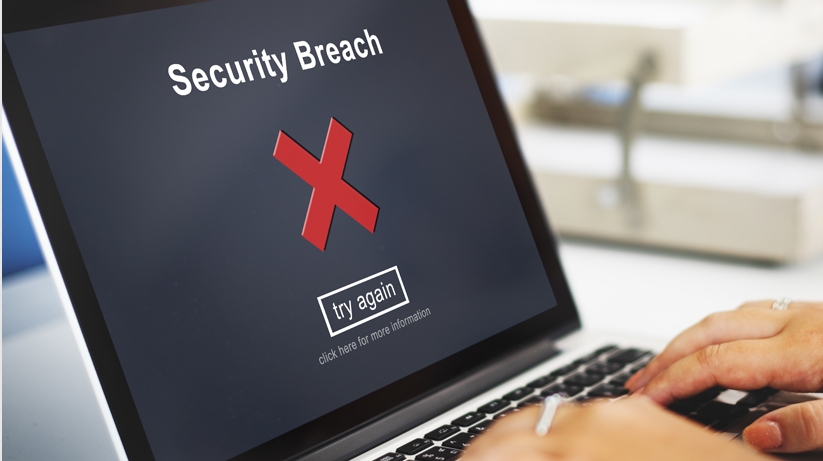
Hacked Site: Here What You Need to Know and How to Recover

Introduction:
In today's digital age, website security is of paramount importance. Unfortunately, websites can fall victim to hacking attempts even with the best precautions. If you are dealing with a hacked site, acting swiftly and effectively is essential. This guide will equip you with the steps necessary to understand the implications of a hacking incident, recover your site, and fortify its security to prevent future attacks.
Understanding the Impact of a Hacked Site:
When your website is compromised, the consequences can be severe. Explore the potential repercussions, such as damaged reputation, loss of sensitive data, and impact on search engine rankings. By grasping the full scope of the problem, you can take appropriate action and mitigate the damage.
Immediate Steps to Take:
Upon discovering a hacked site, it's crucial to act promptly. Start by isolating the affected area to prevent further damage. Next, notify your web hosting provider and any relevant authorities to report the incident. Change all passwords associated with the compromised site, including hosting accounts, content management systems, and databases.
Assessing the Damage:
Thoroughly assess the extent of the breach. Identify the type of attack, whether it's defacement, malware injection, data breach, or other malicious activities. This analysis will help you understand the underlying vulnerabilities and take corrective measures.
Recovering Your Hacked Site:
Recovering a hacked website requires a systematic approach. Begin by taking a complete backup of all website files and databases. This backup ensures that you have a clean starting point for the recovery process. Remove any malicious code or files, and update all software, plugins, and themes to their latest versions to close security loopholes.
Strong Passwords and User Authentication:
Solid passwords and robust user authentication practices significantly enhance your website's security. Encourage using complex passwords that combine uppercase and lowercase letters, numbers, and special characters. Enforce password expiration and account lockouts after several failed login attempts. Additionally, consider implementing two-factor authentication (2FA) for an extra layer of security, which serves as an additional level of protection.
Strengthening Website Security:
To prevent future attacks:
Enhance your website's security.
Implement measures such as using strong passwords, enabling two-factor authentication, and regularly updating all software components.
Consider employing a web application firewall (WAF) and a security plugin to serve as an extra layer of protection.
Monitoring and Continuous Maintenance:
Maintaining a secure website is an ongoing task. Regularly monitor your site for suspicious activities, such as unauthorised access attempts or unusual traffic patterns. Keep all software updated, regularly back up your website, and educate yourself on emerging security threats and best practices.
Seeking Professional Help:
Sometimes, handling a hacked site may require the expertise of professionals. If you need help with the recovery process or assistance securing your website, consider engaging a reputable cybersecurity firm or seeking support from your web hosting provider.
Web Application Firewalls (WAF):
Deploying a web application firewall (WAF) acts as a protective shield between your website and potential attackers. WAFs monitor incoming web traffic, filtering out malicious requests and blocking known attack patterns. They offer protection against common threats, such as SQL injection, cross-site scripting (XSS), and distributed denial-of-service (DDoS) attacks.
Regular Backups:
Performing regular backups of your website is essential for mitigating the impact of a potential hack. Ensure backups are stored securely, preferably on separate servers or cloud storage platforms. Test the restoration process periodically to validate the integrity of your backups and ensure their usability in times of need.
Secure Socket Layer (SSL) Certificates:
Implementing SSL certificates is crucial for securing the transmission of sensitive data between your website and its visitors. SSL establishes an encrypted connection, protecting information like passwords and credit card details from interception by unauthorised parties. Obtain and install an SSL certificate to enable the HTTPS protocol, providing your visitors with a secure browsing experience and reassuring them about the integrity of your website.
Employee Education and Awareness:
One often overlooked aspect of website security is the human element. Educating your employees about safe internet practices, password hygiene, and the potential risks associated with phishing attacks can significantly reduce the likelihood of a successful hack.
Conclusion:
Dealing with a website that gets hacked can be a challenging and stressful experience. However, by taking immediate action, following the recovery steps outlined in this guide, and implementing robust security, you can regain control of your site and protect it from future attacks. Stay vigilant, prioritise website security, and equip yourself with the knowledge and tools to ensure a safe online presence for your website and visitors.
Search Engine Optimization
16 Nov 2023 | RachelLatest Post







